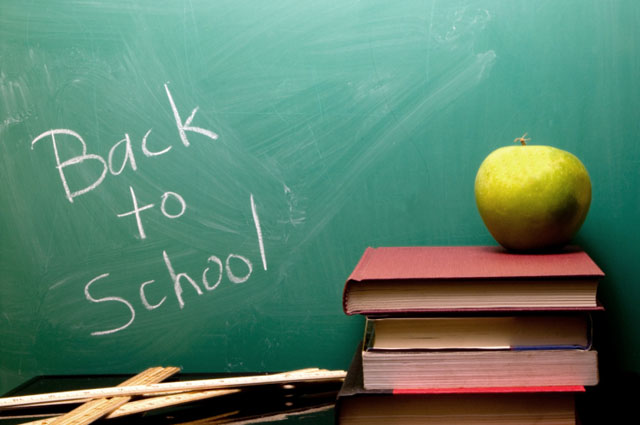Teachers` unions in Zimbabwe have called for the establishment of an inclusive Covid-19 task force to assess the level of preparedness for schools to reopen.
This came out during a meeting that was held Tuesday attended by Amalgamated Rural Teachers Union (ARTUZ), Progressive Teachers Union of Zimbabwe (PTUZ), TUZ, Zimbabwe Democratic Teachers Union (ZDTU), Zimbabwe Teachers Association (ZIMTA), Zimbabwe National Teachers Union (ZINATU), Zimbabwe National Educators Union (ZINEA) and Zimbabwe Rural Teachers Union (ZRTU).
Governemnt has announced that schools will open in phases starting with examination classes (Grade 7, Form 4 and Upper Sixth) on September 28.
This will be followed by Grade 6, Form 3 and Lower Sixth or Form 5 classes on October 26.
ECD A and B, Grades 1 to 5 and Forms 1 and 2 classes will open on November 9.
Colleges and polytechnics will open for face to face learning on October with the second term set to run until 11 December 2020 while the third term will run from 4 January 2021 to 26 February 2021, according to a circular seen by CITE.
In a statement, the unions noted that the government did not consult them before setting dates for the reopening of schools.
“We the undersigned Teacher Unions in Zimbabwe, now therefore, urge the government to urgently expedite consultations with all teachers’ unions with a view to sharing ideas on the way forward before the opening of schools,” said the Teacher Unions.
“This is informed by the fact that teachers’ unions are a key stakeholder in the education sector and represent the very people who are implementers of government policies”.
The teachers said they were part of the frontline workers and called on the government to pay “a Covid-19 allowance that is a product of negotiations or agreement between employer and teachers rather than the current benevolence gesture dubbed presidential prerogative.”
In addition, the unions amplified their calls for a salary review.
“We urge government to pay salaries that resonate with workers’ qualifications, experience, responsibilities and promotion rather than the current scenario where physical fitness has become more rewarding,” they said.
The Unions also called on government to ensure that schools have adequate personal protective equipment and are safe for both learners and staff.
“The $600 million set aside by government should reflect on the ground, in schools not in the media only or end in higher offices without reaching the intended beneficiaries. Currently, there is almost nothing in public schools because the school coffers are dry since there hasn’t been any collection of fees after closure in March 2020”.

